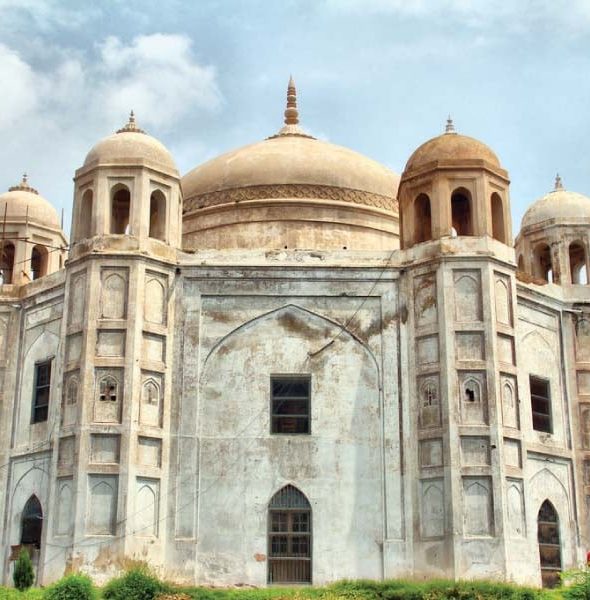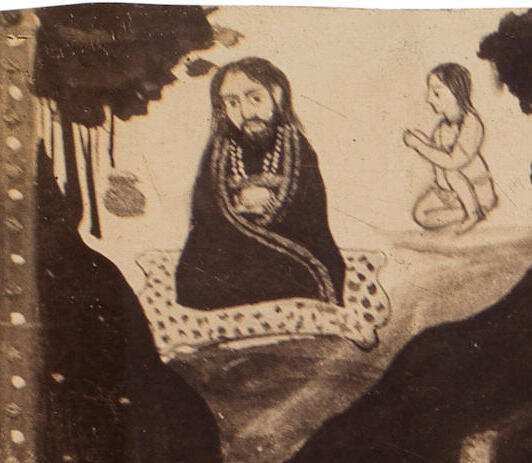
ANARKALI, the oldest Mughal tomb in Lahore, was built between 1605 and 1615 by Emperor Jahangir for his former favourite dancing girl Anarkali. The tomb was surrounded by extensive gardens enclosed within a high protective wall, and several buildings and palaces were erected in the gardens by Mughal princes and nobles. In 1799, Maharaja Ranjit Singh put up his headquarters there while besieging Lahore. Subsequently, he offered Anarkali to his eldest son, the heir apparent Kharak Singh.
- 1
- 2













